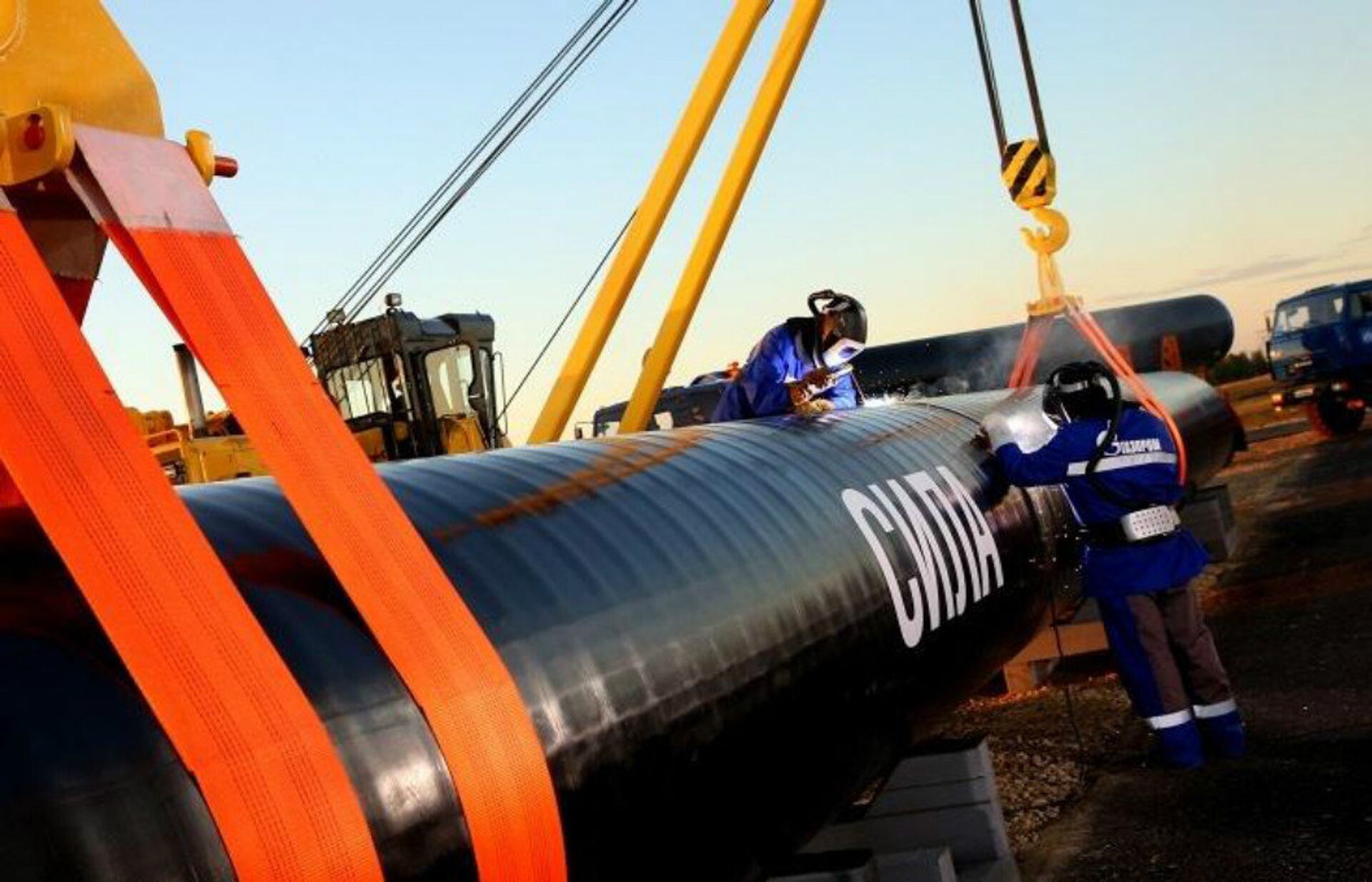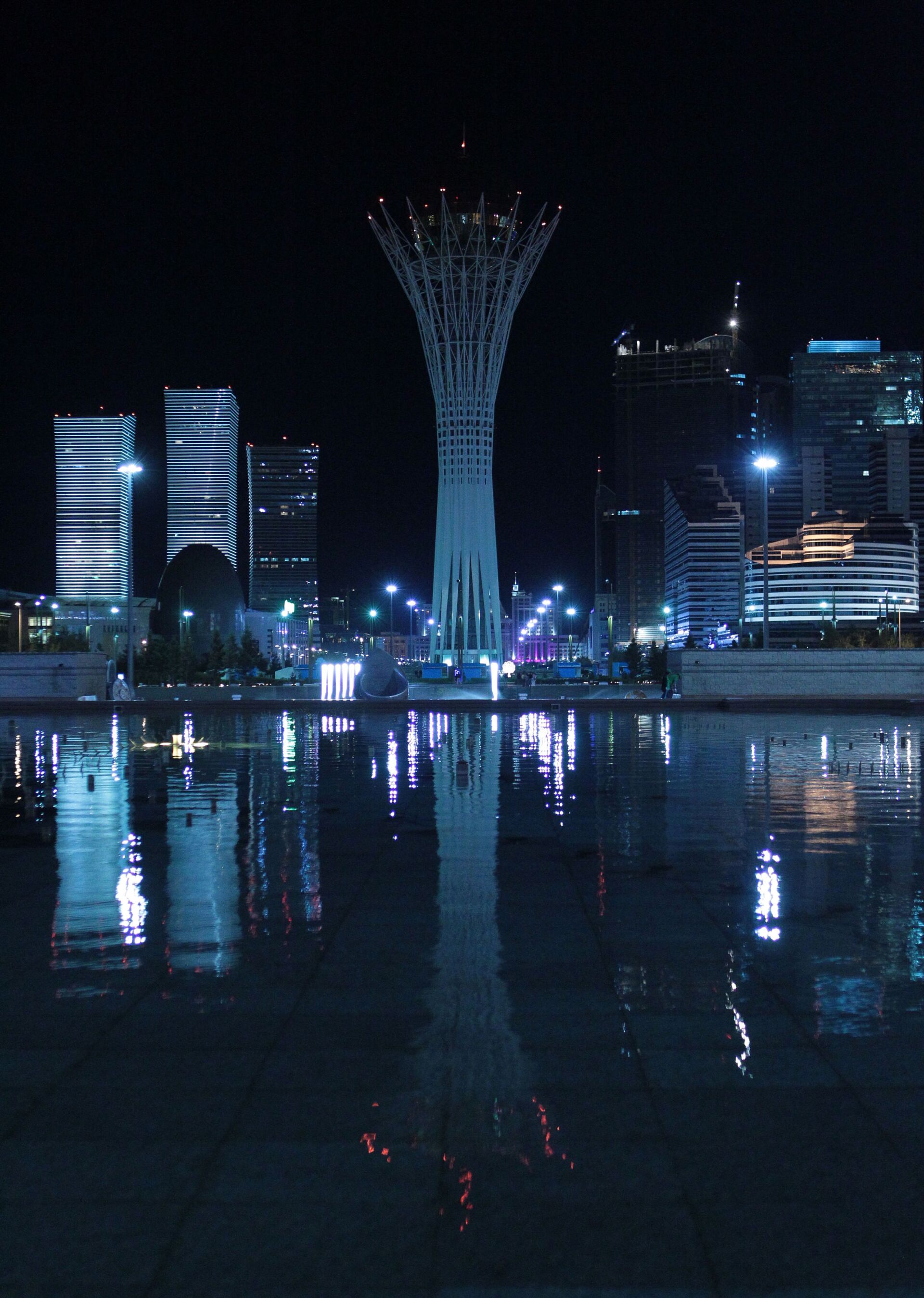How Russia's Central Eurasian Transport Corridor May Boost Continent's Trade & Development

© Sputnik / Alexey Nikolskij
/ Subscribe
Russia has placed emphasis on boosting Eurasian interconnectivity and is seeking to create a comprehensive transport corridor which would stretch from Russia to China through Mongolia.
President Vladimir Putin has instructed the government to consider options for creating a Central Eurasian Transport Corridor that would pass through Russia, Mongolia, and Western China, according to a list of instructions published on the Kremlin’s website.
The task must be completed by February 15, 2024. Russian Prime Minister Mikhail Mishustin has been assigned to supervise the initiative.
New Project Already Underway
In September, Mongolia unveiled its plan to build five road and three railway corridors from Russia to China through its territory at the Eastern Economic Forum that took place in the Russian Far East port city of Vladivostok.
While addressing the forum, Bolor-Erdene Basanzhav, head of the Policy and Planning Department at the Ministry of Roads and Transport Development of Mongolia, referred to the increase in transit of goods from Russia through Mongolia to China and from China to Europe, emphasizing the necessity to bolster Mongolia's transport capacity in line with recent developments.
Earlier, in March, Putin approved a new concept for Russia's foreign policy by decree which pays particular attention to "strengthening the economic and transport interconnectedness of Eurasia."
Russia is redirecting trade and is tapping new opportunities in Eurasia following the West's decision to impose unprecedented sanctions on the nation's economy over Moscow's special military operation in Ukraine.
"Russia’s Foreign Policy Concept is highly focused on Central Asia and a new commitment in terms of institutionalizing this along with Eurasia has been made," Chris Devonshire-Ellis, chairman of Dezan Shira & Associates who has a 30-year investment and business career in China, Russia and Asia, told Sputnik. "This is multi-formatted, with the Russia-Central Asian annual Heads of State summit and of course the even wider Shanghai Cooperation Organization’s [SCO] reach. There appears a longer-term strategy to introduce the Eurasian Economic Union’s free trade capabilities to a wider group, including members of the SCO."

China Construction of Power of Siberia gas pipeline extension on its territory
© Twitter / GazaReports
"However, this is not a ‘new corridor,’ as it already exists in terms of links. The Russia-Mongolia-China route is well established both in terms of the Trans-Mongolia Railway, a branch of the Trans-Siberian that exits Russia near Ulan-Ude, traverses Mongolia and terminates in Beijing. There are the two ‘Power of Siberia’ gas pipelines, and a third highway that runs from China to Mongolia, through Kazakhstan and then on to Russia," the expert continued.
Per Devonshire-Ellis, the most notable agreement is "the comprehensive deal for developing the China-Mongolia-Russia (CMR) economic corridor."
Russia Turns Focus From West to Heart of Eurasia
The idea of an economic corridor between Russia, Mongolia, and China popped up about a decade ago. In 2016, the three countries reached a comprehensive deal on developing the CMR. Initially, the project faced some difficulties and was then put on pause due to the COVID pandemic. However, under the ongoing geopolitical shift seeing Russia's eastward reorientation and the expansion of BRICS, the project has taken on a new significance.
The investor said that all preconditions are ripe for the project to develop full throttle.
"The primary aim of the CMR corridor is to enhance transport connectivity and cross-border trade services by investing in infrastructure development," he explained. "What this refers to is better coordination in managing each of these assets, properly linking them with other Eurasian networks such as the Middle Corridor and the International North-South Transport Corridor (INSTC), and getting the maximum benefit from them."
New routes could also link Eurasia with Africa, which is currently undergoing a demographic boom and is similarly seeking to boost internal trade and connectivity within the framework of the African Continental Free Trade Area (AfCFTA) initiative.
"The development of the INSTC routes into the MENA [Middle East and North Africa] and East African regions is also exciting," Devonshire-Ellis said. "This is a primary reason why Ethiopia was bought into the BRICS – it is an influential regional player. Increasing and developing trade corridors also brings a peace dividend. If people can earn a safe and secure living by trade – then they can look to their attributes as cooperating countries rather than picking up guns to fight each other. The development of trade corridors assists with these processes. Economies that thrive on conflict are against this. So yes, all these Eurasian connectivity plans are very important for the future."
Who Will Benefit From Central Eurasian Transport Corridor?
Per the investor, many Eurasian players could benefit from the project both directly and indirectly, given that it would be an important link in a broader network of logistics routes.
He noted that the infrastructural endeavor is, to begin with, "a key part of a far wider network that stretches east and south through China, and on to Japan and South Korea."
"It should be noted that these three countries are all part of the ‘RCEP’ trade agreement that also includes ASEAN. China is planning routes from Kazakhstan, and Mongolia to run east to Vietnam, which has a Free Trade Agreement with the EAEU. Belarus, another EAEU member in addition to Russia, has been very interested in this. It also changes China’s role somewhat to be a transit nation east and south – and back again to the north and west."
Secondly, it also runs to Kazakhstan, with planned rail routes heading to Uzbekistan and further east to the Caspian Sea. "Here they can be diverted north once again to Russia at Astrakhan, west to Azerbaijan, the Caucasus, Turkiye, and on to Europe," the expert pointed out.
"Finally the route can also head south to Turkmenistan (which then creates a loop back to Uzbekistan) and further to Iran – the INSTC network. From there it reaches the Persian Gulf, with continuing access to the Middle East, and South Asia. India is connected to these routes as are Saudi Arabia and the UAE. Eventually, the INSTC once connectivity issues are resolved will reach into the Red Sea ports as well as East Africa."
To make a long story short, "the Mongolia corridor is a key hub that allows this extensive network to exist," he stressed. Eventually, everyone included in the sophisticated logistics and energy network is poised to win, according to Devonshire-Ellis.









